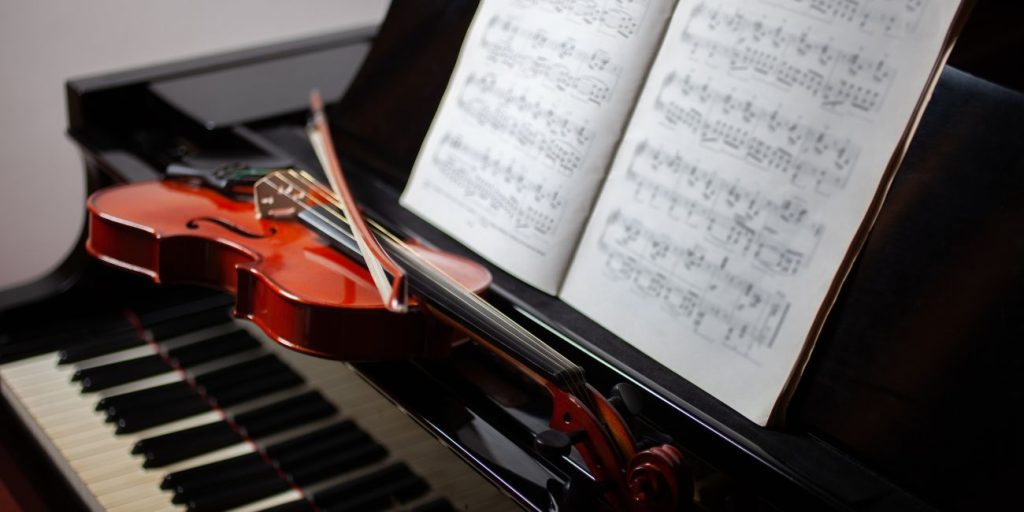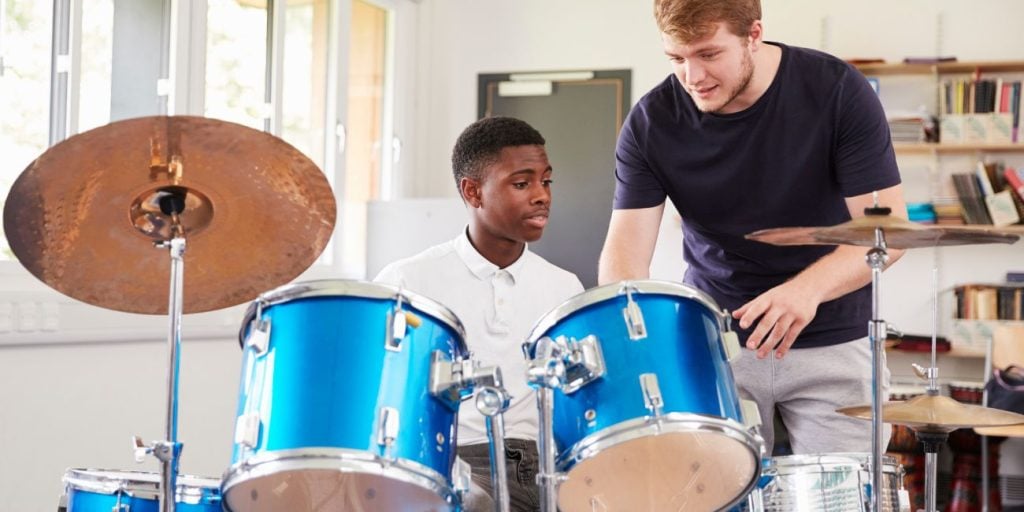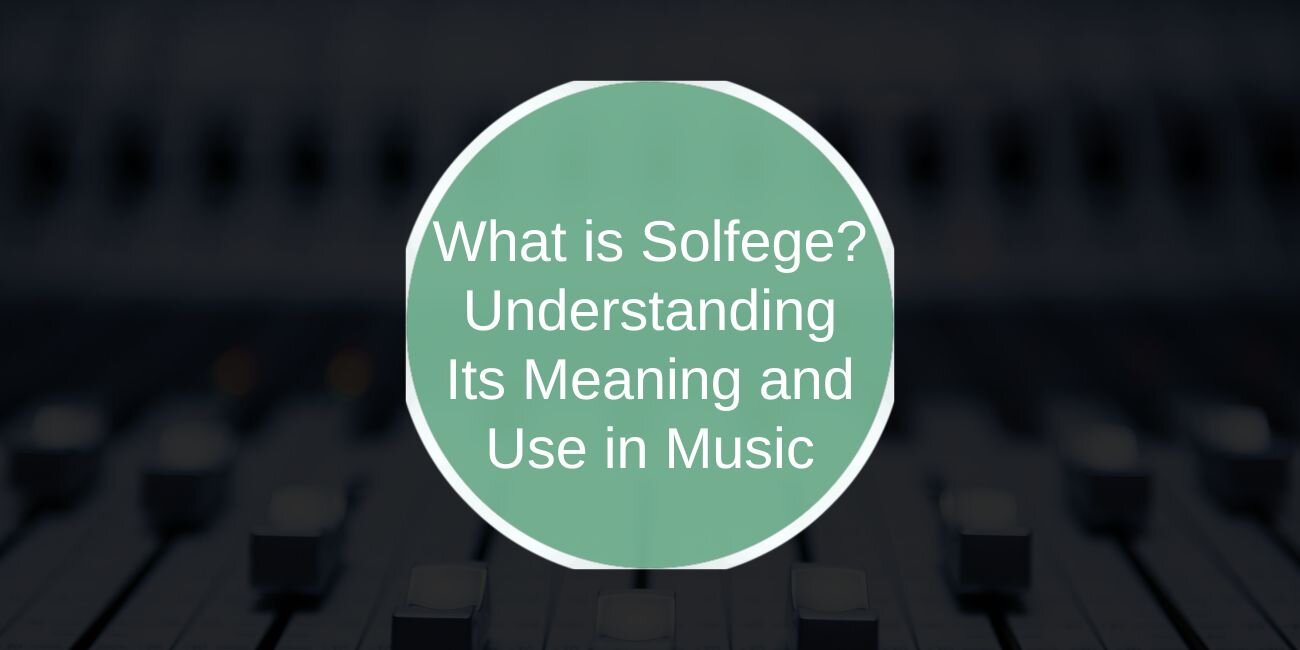You might have heard the famous “Do-Re-Mi” sequence, maybe from The Sound of Music. Those syllables belong to a system known as solfege. Solfege, also called solfeggio or sol-fa, is an age-old method widely used in music education. It assigns easy-to-sing syllables to musical notes, helping musicians learn music better.
This article explains what solfege means, where it came from, and how it’s used today. We’ll cover the two main systems—Fixed Do and Movable Do—and why solfege is so useful for singers and musicians.
What Does Solfege Actually Mean?

Solfege is a system where specific syllables are used for musical notes in a scale or melody. Think of it like giving names to musical sounds, which makes it easier to remember the notes. This system is a type of solmization, a general term for using syllables to represent musical pitches.
The goal of solfege is to improve aural skills—the ability to recognize pitches, understand intervals (the space between notes), and learn to read music and sing it correctly the first time (called sight-singing). Solfege serves as a memory tool that connects written music to the sounds it represents.
The Basic Solfege Syllables
There are seven main syllables that correspond to the notes of the standard major scale:
- Do
- Re
- Mi
- Fa
- Sol (sometimes written as So)
- La
- Ti (or Si in some places)
Each of these syllables represents a specific scale degree, a step or position within the scale.
What’s the Purpose of Using Solfege?
Solfege offers many benefits, especially for singers. Here are a few key reasons to use it:
- Improves sight-singing: Helps singers perform music they’ve never heard by reading the notes.
- Develops ear training: Teaches musicians to recognize intervals, chords, and melodies by ear.
- Simplifies music theory: Helps you understand scales, keys, and intervals more easily.
- Strengthens relative pitch: Helps you understand how notes sound in relation to each other within a key.
- Enhances pitch accuracy: Helps singers stay on tune and sing more consistently.
- Supports audiation: The ability to hear music mentally without playing it.
Fixed Do vs. Movable Do: What’s the Difference?

When using solfege, there are two main systems: Fixed Do and Movable Do. Each system has its own way of assigning the solfege syllables to notes.
Fixed Do means the syllables are always tied to specific pitches. For example, “Do” always means C, “Re” always means D, and so on. This system doesn’t change with the key of the music. Fixed Do is popular in countries that speak Romance languages (like French, Spanish, Italian) and some Slavic languages. It helps musicians recognize absolute pitches.
Movable Do, on the other hand, assigns the syllables based on their function within a given key. For example, in the key of C major, C is “Do” and G is “Sol”. If the music changes to G major, G becomes “Do” and D becomes “Sol”. Movable Do is useful for understanding relative pitch, the relationships between notes within a scale. It’s widely used in English-speaking countries, Germany, and as part of the Kodály Method.
Both systems have their advantages. Fixed Do works well for absolute pitches, while Movable Do is better for musicians who need to understand key relationships and chords.
A Brief History: Where Did Solfege Come From?
Solfege dates back to the 11th century, thanks to Guido of Arezzo, an Italian monk and music theorist. He created the system to teach singers how to perform Gregorian chants. He borrowed syllables from a Latin hymn, Ut queant laxis, used for St. John the Baptist. These syllables were Ut, Re, Mi, Fa, Sol, and La, which matched the first six notes of a musical pattern called the hexachord.
Later, Ut was replaced with Do, because Do is easier to sing. As music evolved, a seventh note was added, called Si (from Sancte Iohannes in the hymn), which later became Ti in English-speaking countries.
Singing Sharps and Flats: What Is Chromatic Solfege?
Many musical pieces use notes that are sharpened (like C♯) or flattened (like B♭), which are chromatic notes. To handle these, musicians added extra syllables to solfege, called Chromatic Solfege.
Common approaches use:
- Raised notes (sharps) like Di for Do♯, Fi for Fa♯, and Si for Sol♯.
- Lowered notes (flats) like Me for Mi♭, Le for La♭, and Ra for Re♭.
These chromatic syllables allow solfege to be used in more complex music.
Solfege in Practice Today
Solfege is more than just a historical tool—it’s actively used today:
- Music Education: From elementary school to university music programs, solfege is a core part of music curricula, especially in Kodály-based programs.
- Choirs: Solfege helps choirs improve intonation and accuracy when learning parts.
- Ear Training: Solfege is essential for ear training and sight-singing, improving pitch recognition and musical memory.
- Vocal Training: Teachers use solfege patterns to help singers improve pitch accuracy and control.
- Hand Signs: In some schools, Curwen Hand Signs are paired with solfege, where hand gestures represent each solfege syllable.
Have you used solfege in your musical journey? Did you learn Fixed Do or Movable Do? We would love to hear about your experiences or answer any questions you might have about solfege. Please share your thoughts in the comments below!

